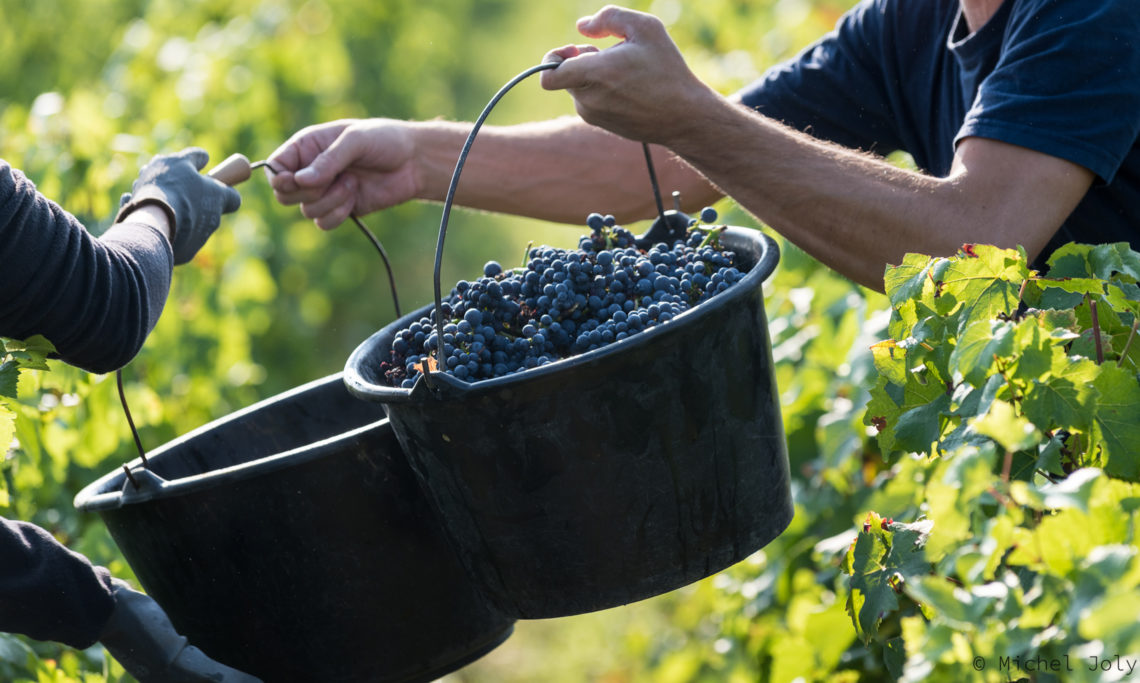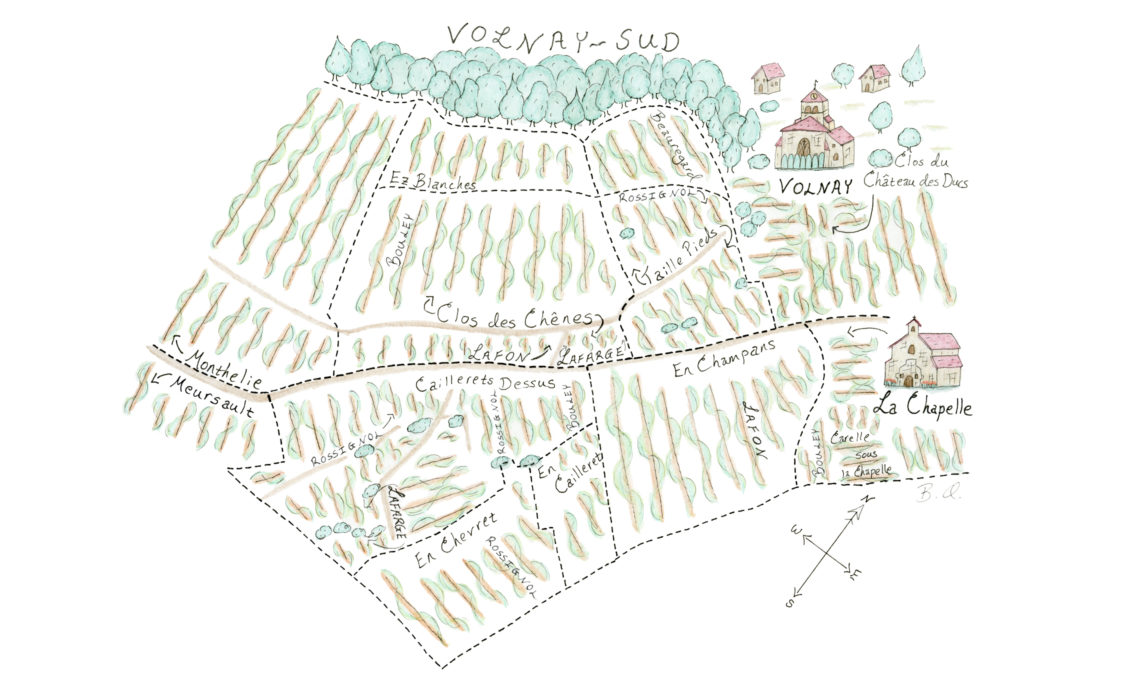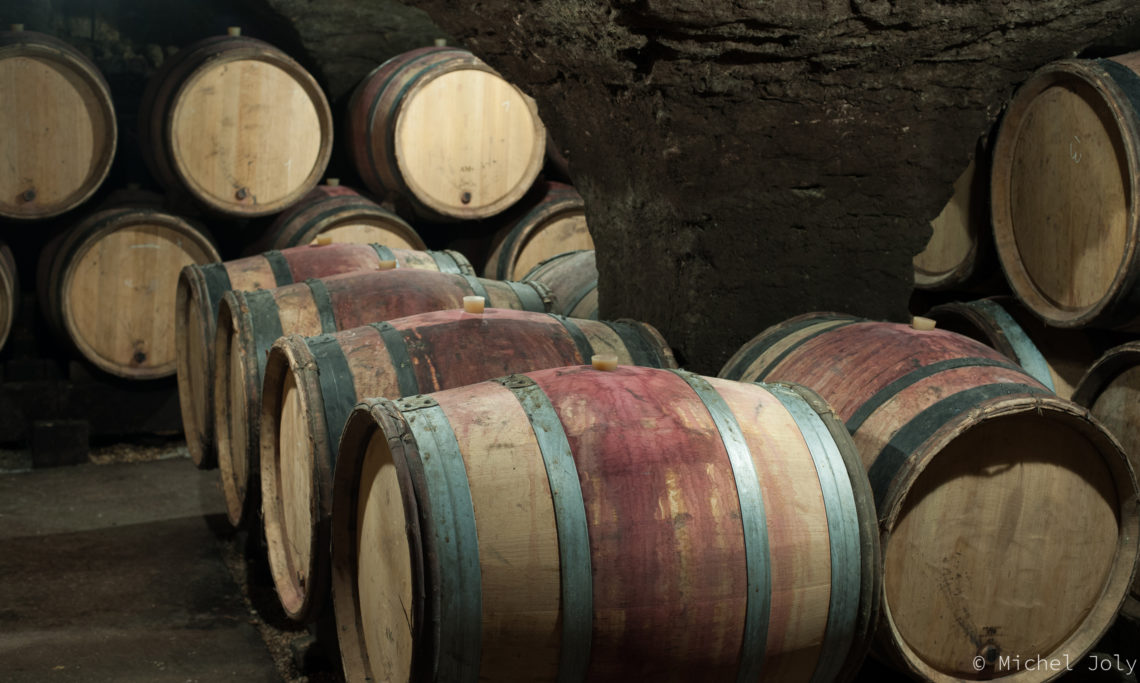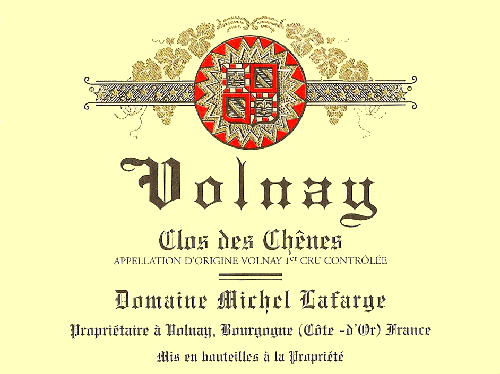Volnay 1er Cru Clos des Chênes
At a Glance
- Variety: Pinot Noir
- Surface Area: 0.90 ha (2.22 ac)
- Vine Age: Planted between 1951 and 1971
- Terroir: Located at the intersection of the 4 premier cru vineyards of Volnay: Clos des Chênes, Les Caillerets, Taille Pieds, and En Champans, on a moderate south-facing slope, shallow, red clay soil over limestone.
- Viticulture: Certified organic (Ecocert) and biodynamic (Demeter)
- Vinification: 100% de-stemmed, 2-3-week ambient yeast fermentation, punch-downs and pump-overs, aged for 18 months in barrels (10-20% new), no fining or filtration.
Additional Info
Etymology:
Chêne is the French word for oak tree.
Site:
The Clos des Chênes is a large vineyard occupying most of the midslope, south of Volnay. Clos de Chênes has excellent neighbors, with Les Caillerets to the south, Taille Pieds to the north, and En Champans to the northeast. The slope is moderate and faces southeast. This position on the slope provides a clean, fresh breeze.
Geology and Soil:
The bedrock geology of Clos de Chênes seems to influence a major transition in soil and terroir across the vineyard. The upper portion of Clos de Chênes has whiter soils and tends to produce wines with more structure, tannin, and austerity than the redder, richer soils at the bottom of the vineyard. Interestingly, the upper portion of the vineyard with whiter soils also has a slightly convex shape to the slope. This indicates that the soil is likely shallower, whereas the lower portion with redder soil is more concave, providing a small space, or “belly” for soil, and nutrients, to accumulate.
Lafarge Parcel:
Frédéric believes that location is everything for this complex vineyard. The Lafarge parcel of 55 year-old vines is in the Northeast corner of the vineyard and is the first parcel to the south of Taille Pieds at the intersection of the 4 premier cru vineyards of Volnay (Clos de Chênes, Les Caillerets, Taille Pieds, and En Champans). The depth of the soils in the Lafarge parcels varies from 28-38 cm, but Frédéric only works the first 5-10 cm of the soil. The Lafarge parcel is on the lower portion of the vineyard with the convex slope where the soils are more red and more iron-rich, which give the wines their original, generous expression with great potential for aging.
With many thanks to geologist Brenna Quigley for her illustration, and for putting the physical and geologic aspects of these vineyards into words far more meaningful than we could have written on our own. https://www.brennaquigley.com
Wines
-
White
-
Rosé
-
Red
- Bourgogne Passetoutgrain l'Exception
- Anthologie Bourgogne Passetoutgrain l’Exception
- Bourgogne Pinot Noir
- Beaune 1er Cru Clos des Aigrots Rouge
- Beaune 1er Cru Grèves
- Volnay
- Volnay Vendanges Sélectionnées
- Volnay 1er Cru Les Mitans
- Volnay 1er Cru Les Caillerets
- Volnay 1er Cru Clos du Château des Ducs
- Volnay 1er Cru Clos des Chênes
- Volnay 1er Cru Les Pitures




